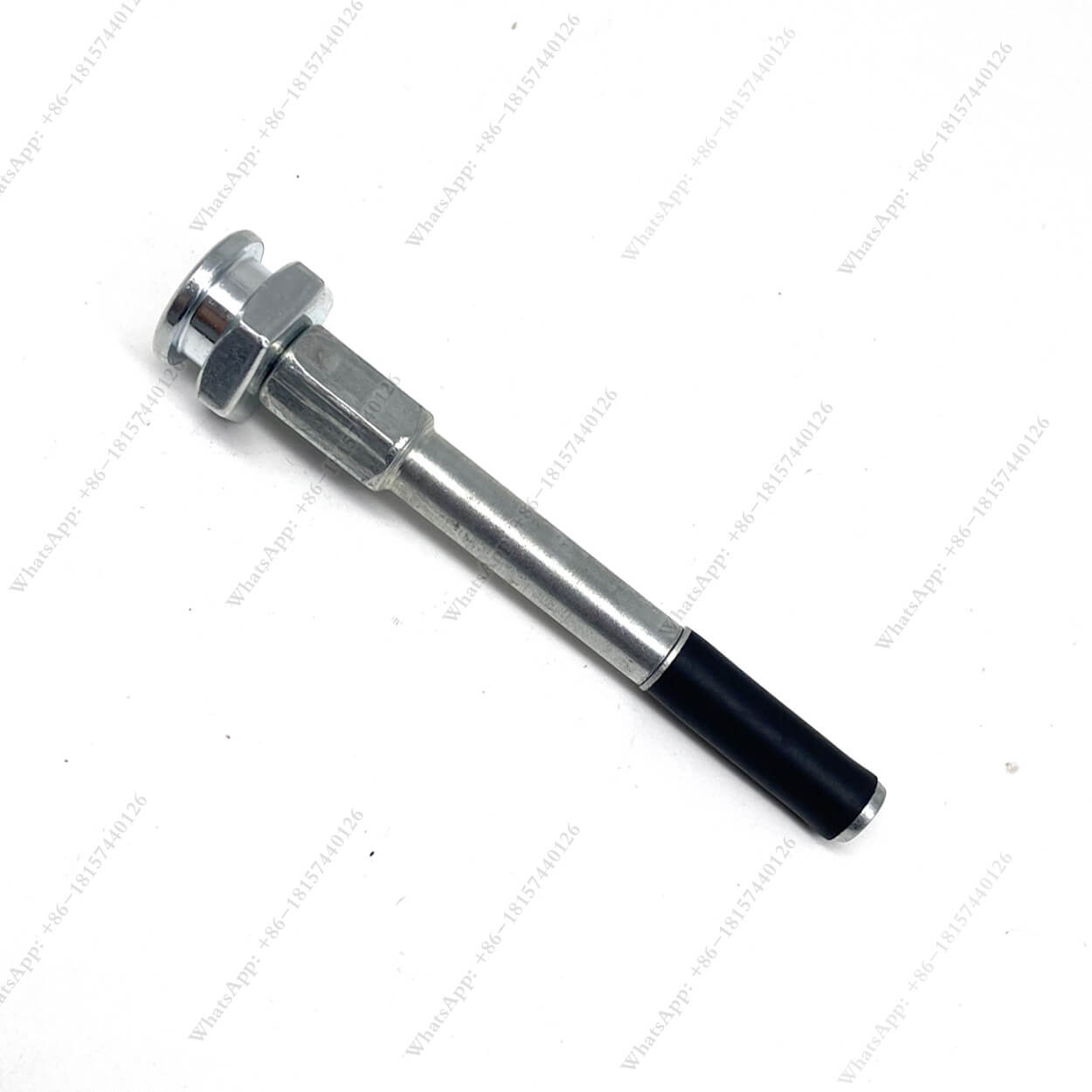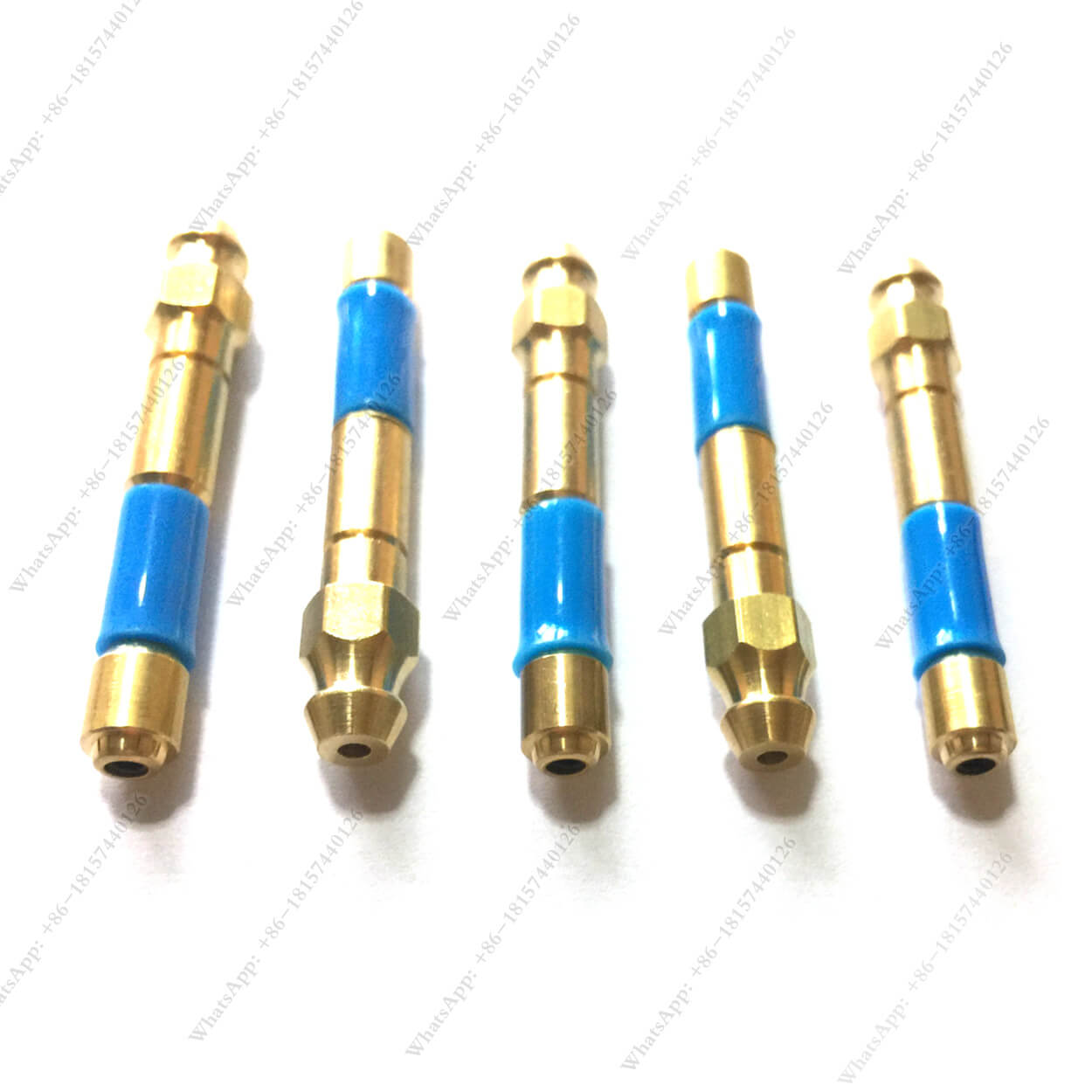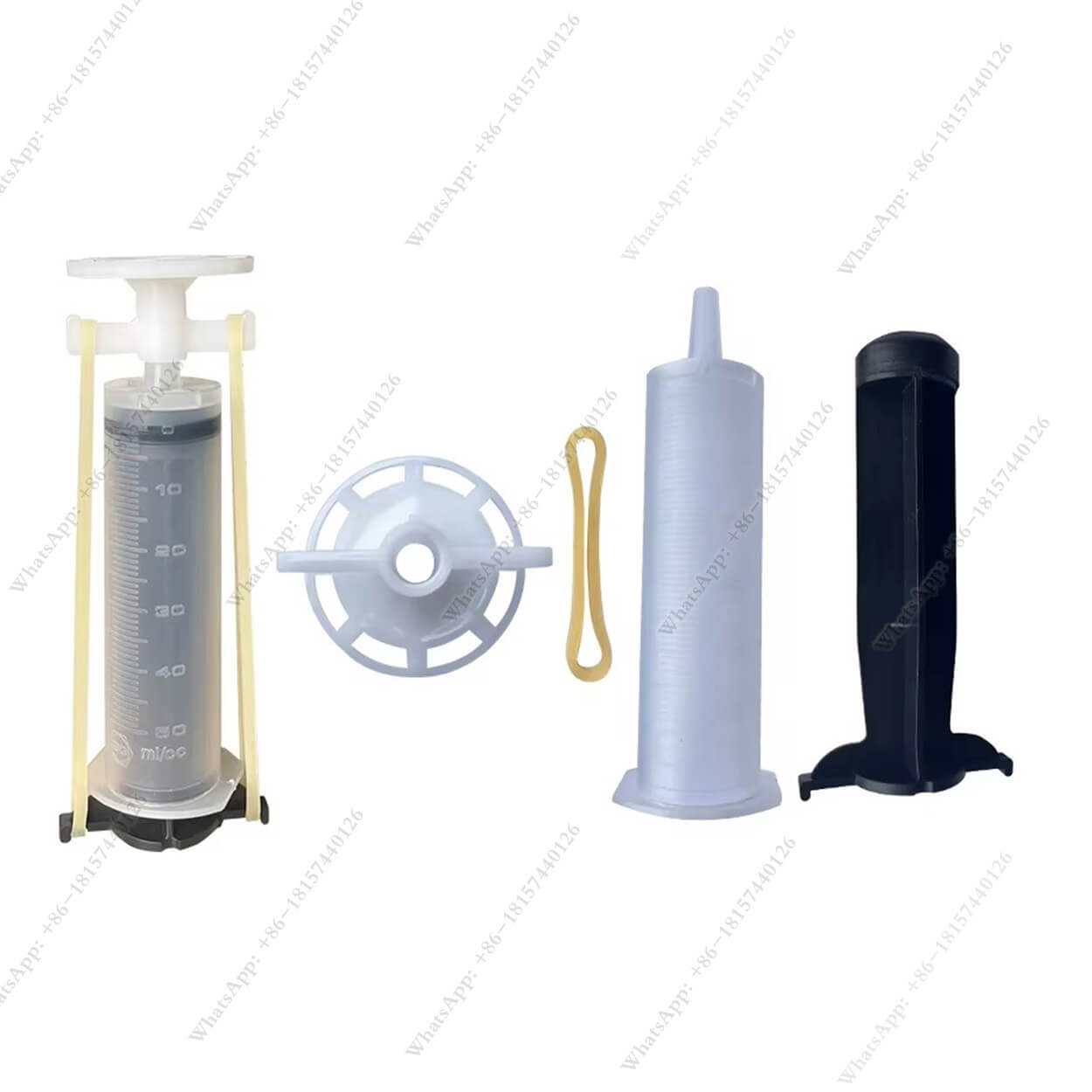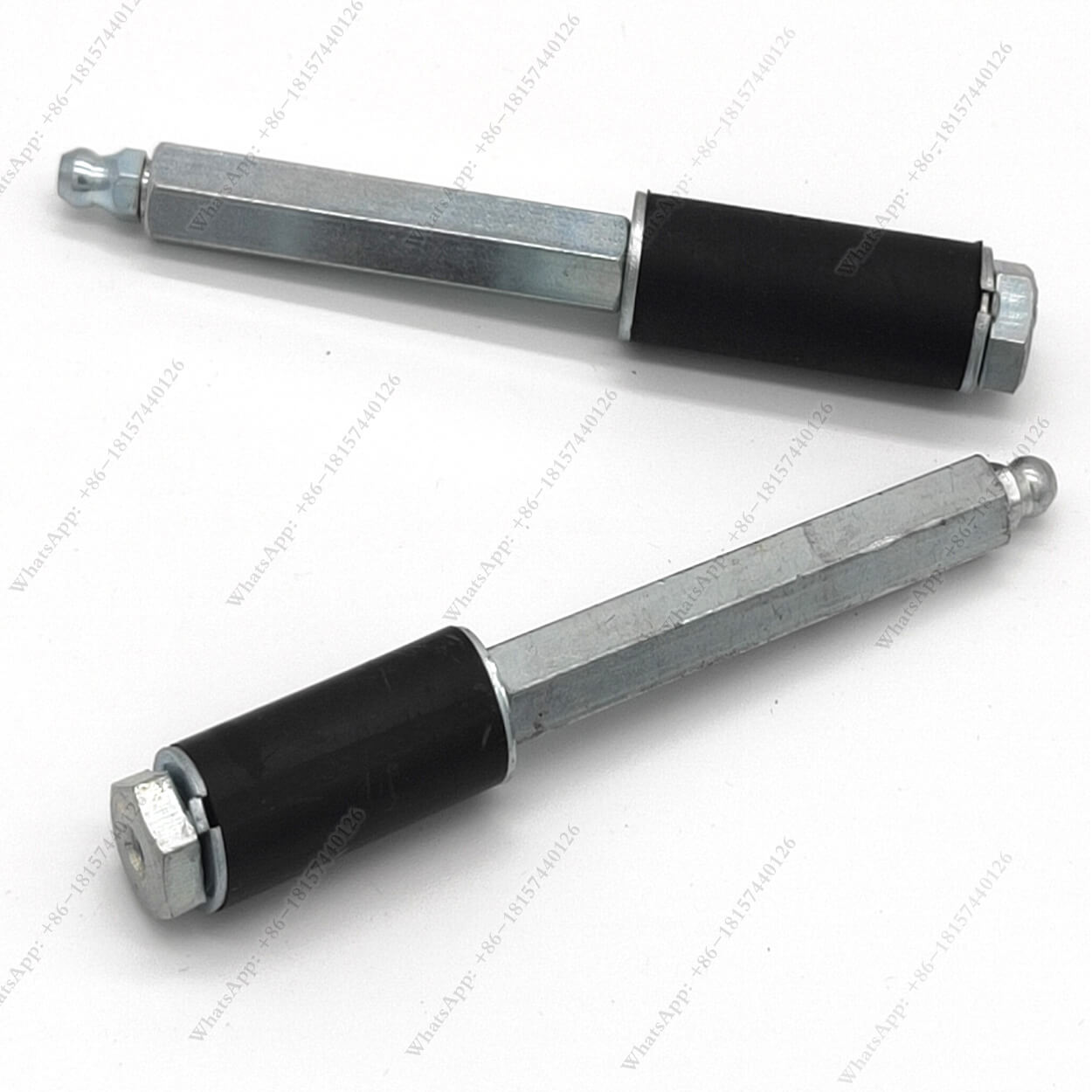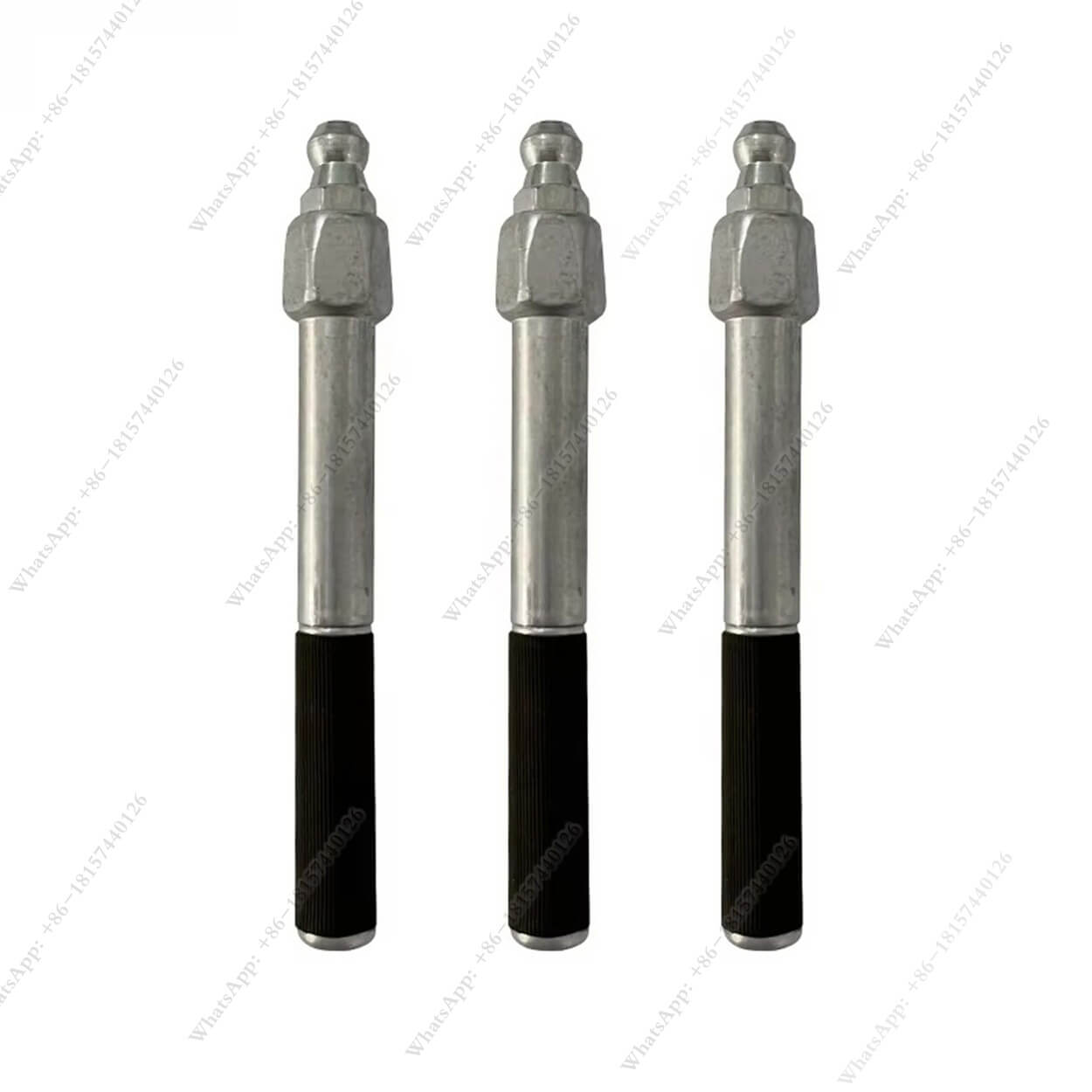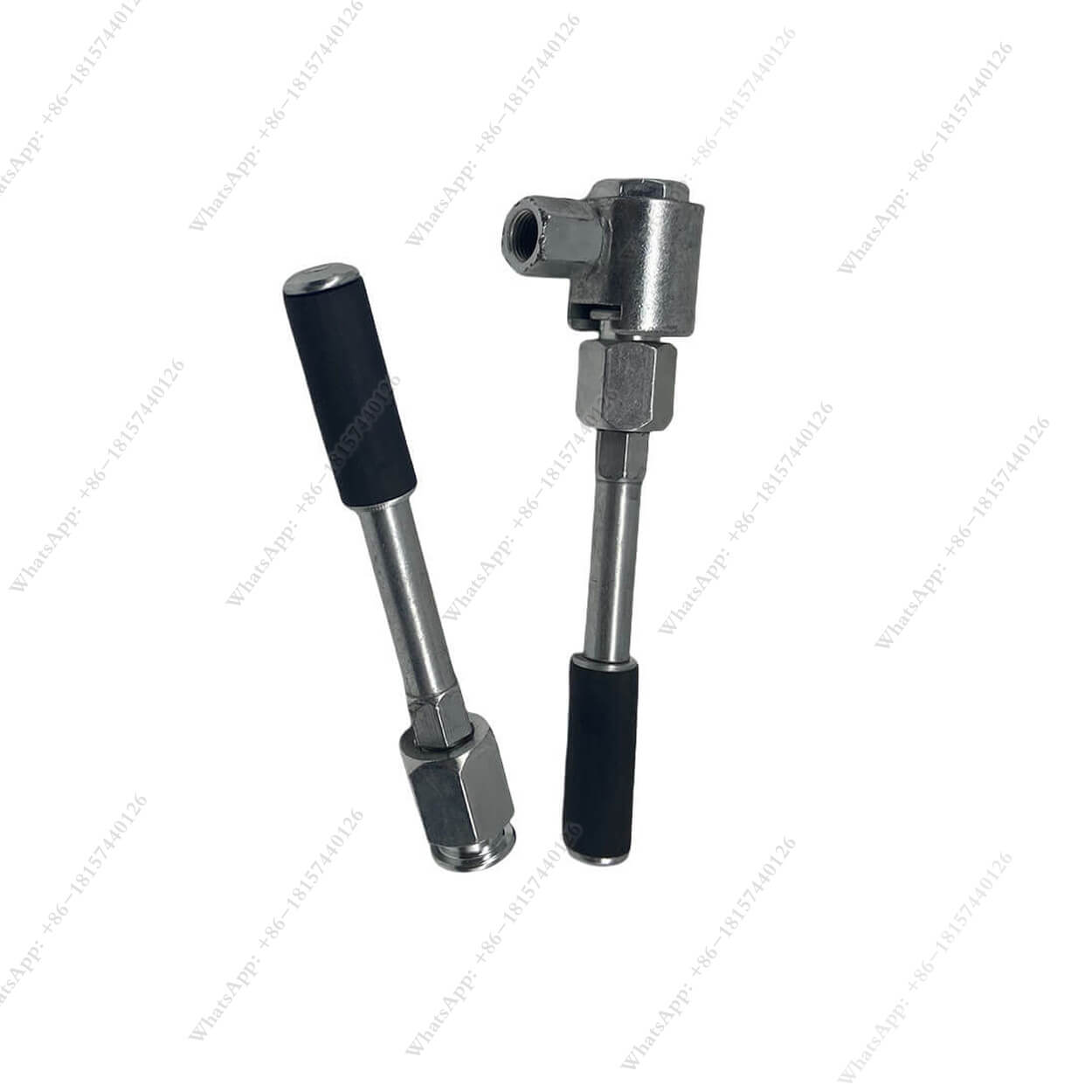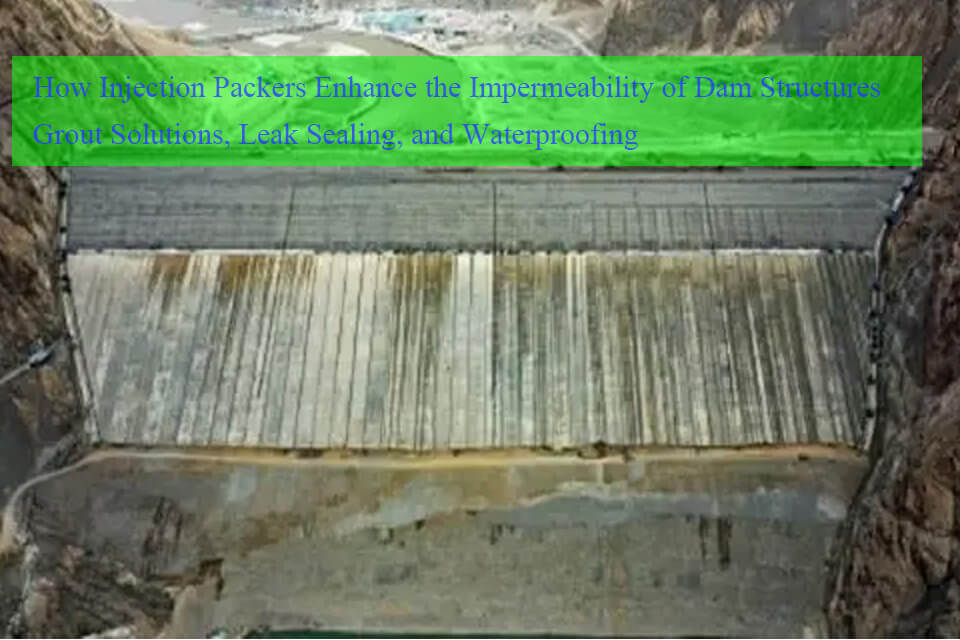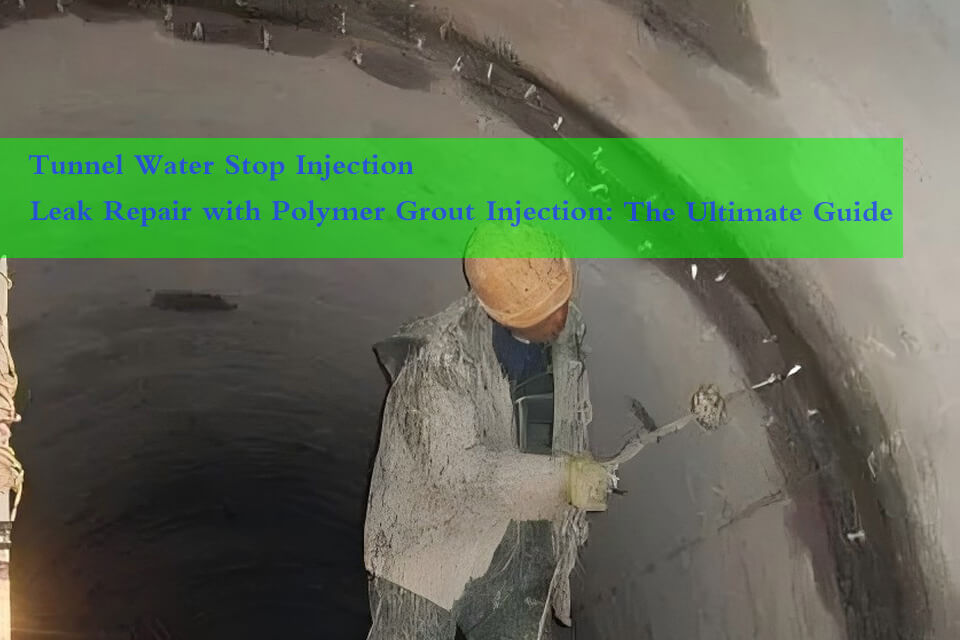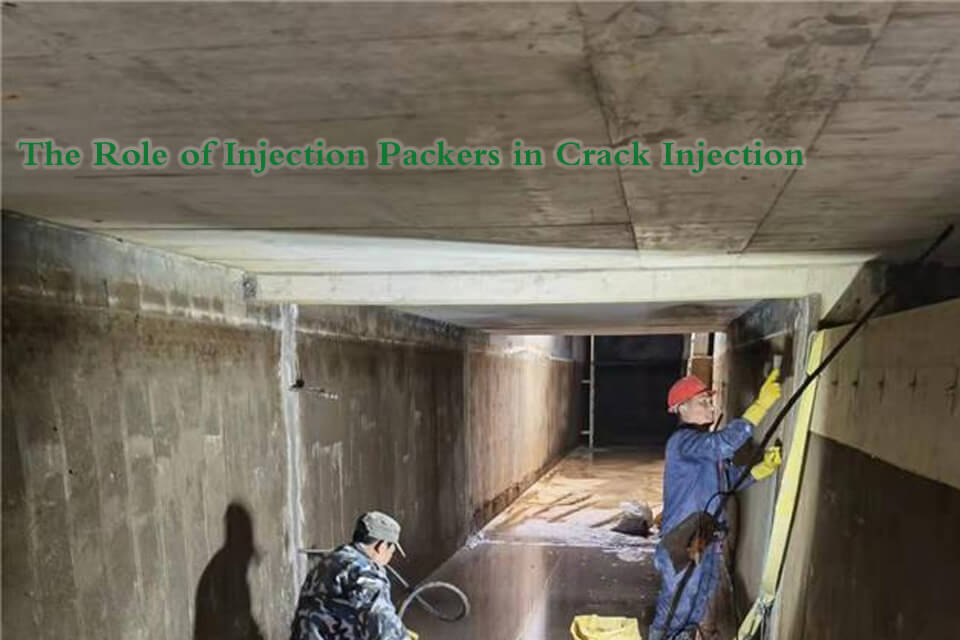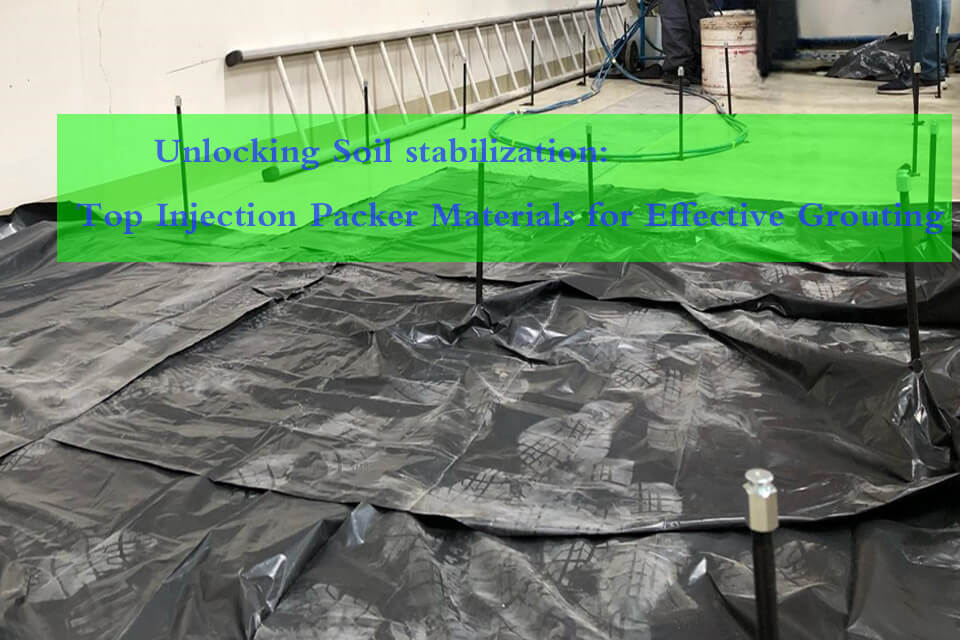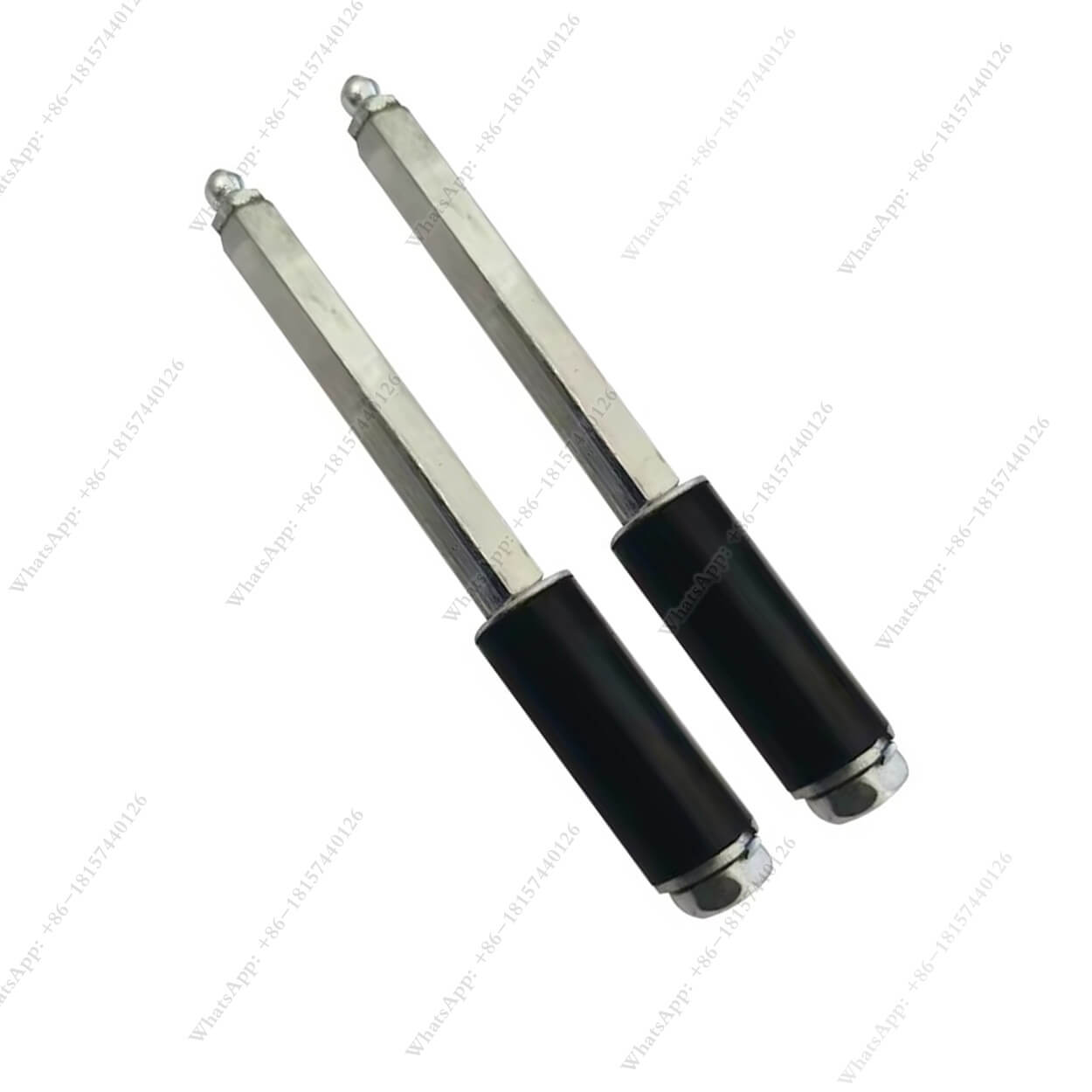

Are There Different Size Grease Couplers? A Guide to Finding the Right Fit for Your Equipment
Grease couplers are essential tools in maintaining machinery and crack injection, ensuring that lubrication reaches all the critical parts that keep equipment running smoothly.

Epoxy Injection: Preparation Techniques and Key Considerations
Epoxy injection is a sophisticated technique employed in the restoration of concrete structures by delivering a high-strength, low-viscosity epoxy resin into cracks.
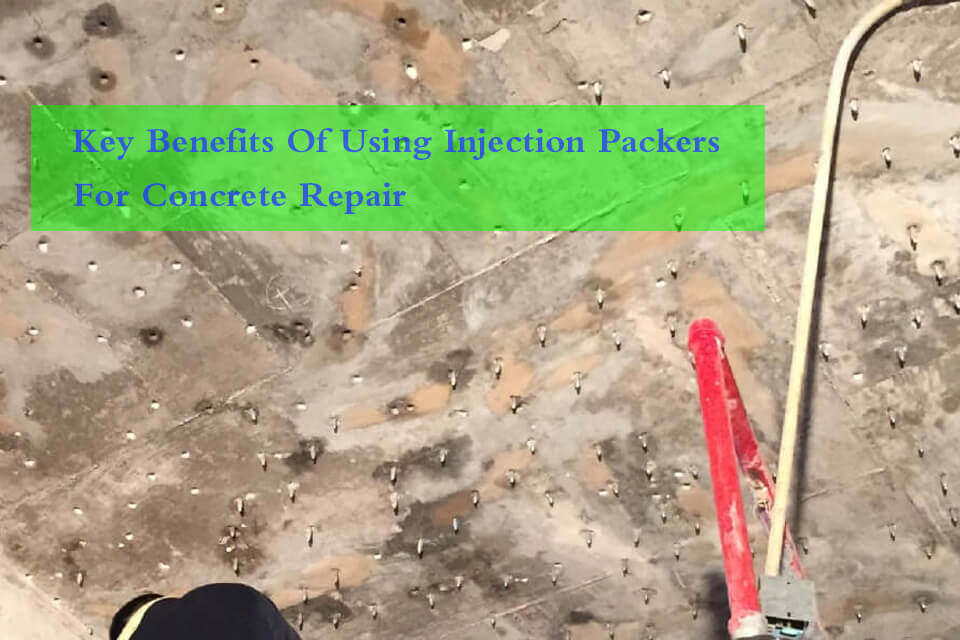
Key Benefits of Using Injection Packers for Concrete Repair
Injection packers are an essential tool for addressing cracks and structural deficiencies in concrete. These devices allow for precise application of repair materials

